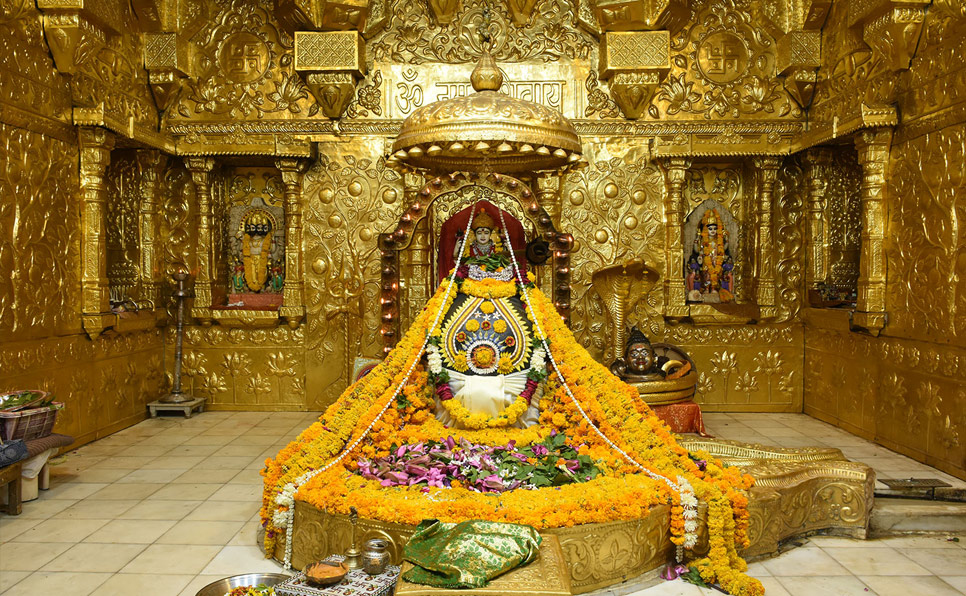
No time for reading the story? Give it a listen on Spotify.

In this age-old legend, the story unfolds as Lord Chandra endures the repercussions of his partiality, only to find redemption by seeking solace from Shiva and crafting the divine Shivalinga of Somnath.

Characters in the story:
King Daksha: King Daksha is a prominent figure in ancient Hindu scriptures known for his role as a powerful king and the father of Sati, the first wife of Lord Shiva. He is also remembered for his conflict with Lord Shiva, which resulted in Sati’s tragic death and Daksha’s own downfall.
![]()
Lord Chandra: Lord Chandra, also known as the Moon God, is a prominent deity in Hindu scriptures, revered for his association with the celestial body that illuminates the night sky and governs time, tides, and emotions.
![]()
Lord Shiva: Lord Shiva holds significant prominence in Hinduism as a prominent deity, revered for his role as the vanquisher of malevolence and the catalyst of universal change. Depicted in various forms, he is often portrayed as a tranquil ascetic engaged in deep meditation or as the divine dancer, adorned with a third eye, an entwined serpent around his neck, and a trident grasped firmly in his hand.
The tale commences when King Daksha arranges the marriage of twenty seven of his daughters to Chandra, who represents the Moon in Vedic texts. This narrative connects to the creation of the universe, as Daksha is the offspring of Brahma. In Hinduism’s divine trinity, Brahma is responsible for creation, Vishnu for preservation, and Shiva for destruction, with the cycle repeating endlessly.
Daksha, being Brahma’s son, orchestrates these unions to assist his father in the creation and organization of the cosmos. His twenty seven daughters symbolize the twenty seven constellations within the twelve zodiac signs. To ensure the proper functioning of the world in accordance with astronomical and astrological rules, Chandra must move periodically from one constellation to another.
As part of his marital vows, Chandra was expected to treat all his wives equally, but he developed a strong preference for Rohini. Instead of dividing his time equally among his spouses, he devoted all his attention to Rohini.
This sparked resentment and jealousy among his other wives, prompting them to complain to their father Daksha that Chandra was neglecting them and focusing solely on Rohini.
After hearing his daughters’ grievances, Daksha approached Chandra and admonished him, stating that it was his duty to be fair and impartial to all his wives. He could not spend all his time with just one while ignoring the others. To ensure that the world experienced all the seasons and various auspicious and inauspicious time periods (muhuratas), Chandra needed to devote equal time to each of his wives.
Daksha expected Chandra to mend his ways and returned home. However, his daughters returned and informed him that Chandra continued to disregard all of them, concentrating solely on Rohini.
This greatly angered Daksha, and he confronted Chandra once again, accusing him not only of neglecting his marital obligations but also of disrespecting his father-in-law’s instructions.
Daksha went on to curse Chandra, punishing him for his arrogance and defiance by afflicting him with a disease that would rapidly decay his body, causing him to vanish within 15 days.
Realizing the gravity of the situation, Chandra sought guidance from Brahma on how to escape this predicament. Brahma informed him that since it was Daksha’s curse, Chandra could not counter it directly. There was only one way to survive the curse: by appeasing Shiva, as only he had control over death.
Brahma shared the Maha Mrityunjaya mantra with Chandra, explaining that it was one of the most potent and powerful mantras of Shiva. Its name itself signified overcoming death, and Chandra would need to recite this mantra 100 million times to attain mastery over it.
Even today, devotees of Shiva recite the Maha Mrityunjaya mantra to overcome life-threatening diseases that are deemed incurable by doctors.
Chandra created a Shivalinga from soil and began chanting the Maha Mrityunjaya mantra while meditating upon Shiva. Upon completing the 100 million recitations, Shiva appeared before him. Chandra explained his plight, the curse of Daksha, and implored Shiva to save him.
Shiva granted him a boon: whenever Chandra would be fully diminished by Daksha’s curse, Shiva would restore him and make him whole again. Although the curse could not be completely nullified, Chandra would continue to undergo the waxing and waning cycle. However, each time he disappeared, Shiva would revive him.
This incident is believed to be the origin of Chandra’s monthly waxing and waning cycle.
It is also said that after granting the boon to Chandra, Shiva placed him on his own head as a sign of blessing. This is why Shiva is often depicted with a crescent moon on his head, symbolizing Chandra.
After being saved by Shiva, Chandra constructed the original Somnath temple at the very spot where he had fervently prayed using the Maha Mrityunjaya mantra. The Shivalinga he had fashioned was named Somnath, meaning “Protector of the Moon.”
Adjacent to the temple, there is a lake believed to possess divine healing powers. Every year, numerous pilgrims immerse themselves in its waters, firmly convinced that the lake can cure even incurable ailments.
The Somnath Temple is one of the oldest temples in India and has been renovated and rebuilt by various kings throughout history. Despite being repeatedly raided by foreign invaders, it has always been reconstructed by Hindu rulers due to their unwavering faith and determination. Today, the temple still stands at its original location, adorned with priceless jewels, ornaments, and decorations, a testament to the enduring devotion of its devotees.


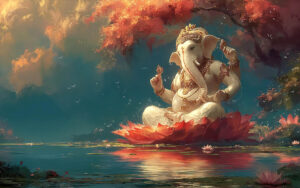
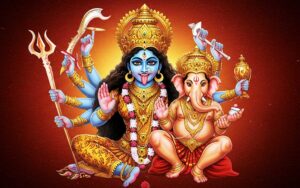
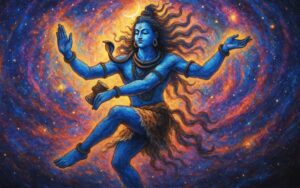
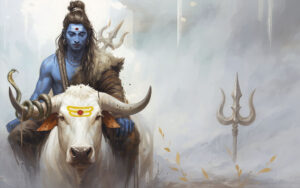
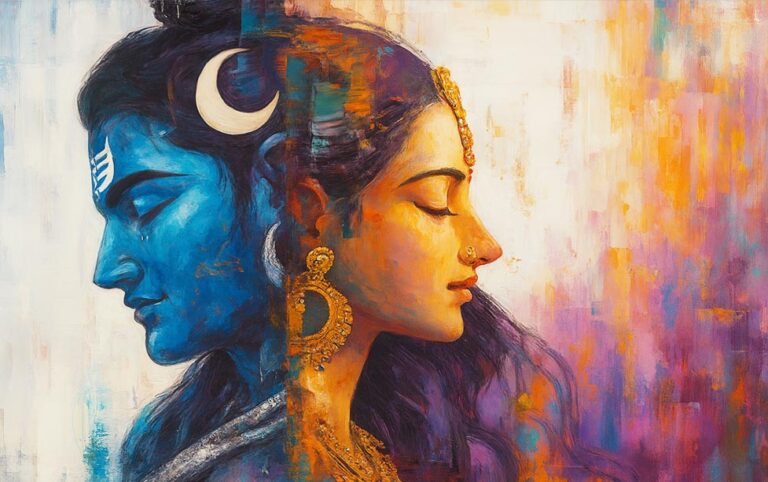
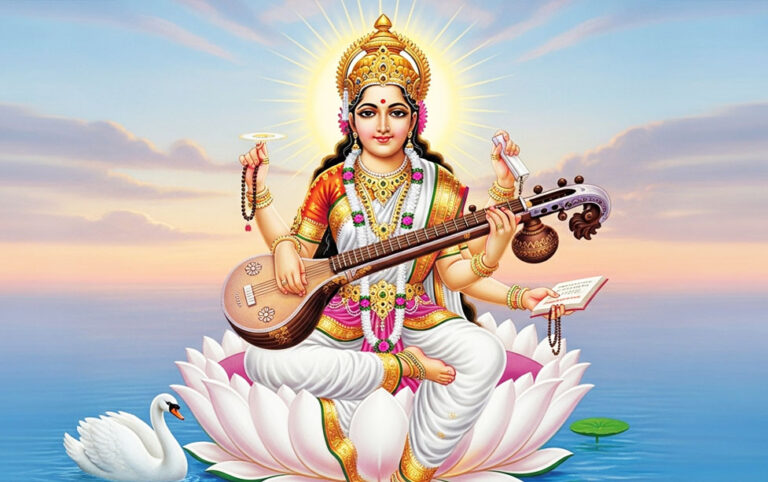
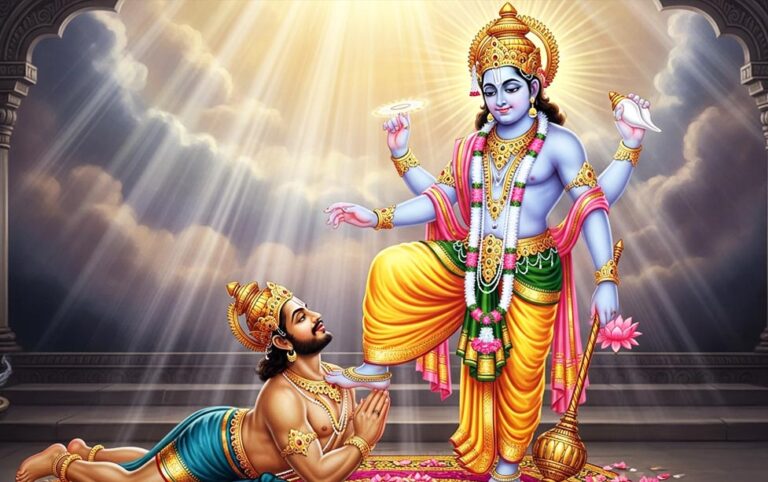
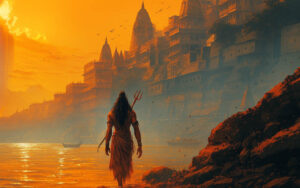
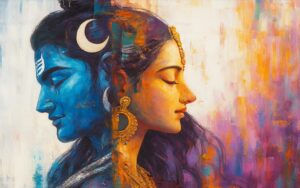
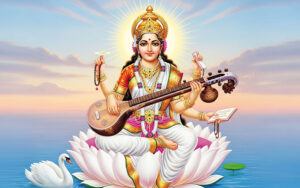
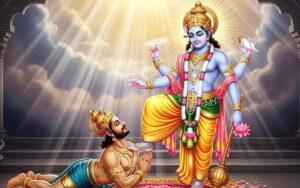
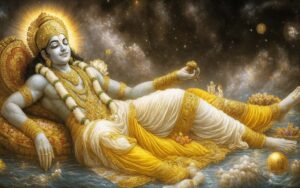
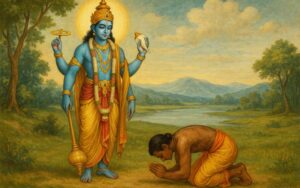
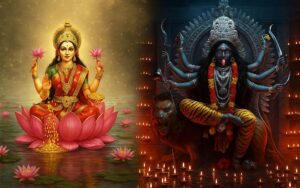
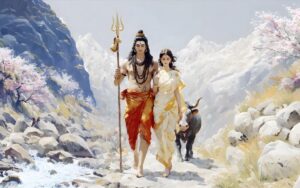
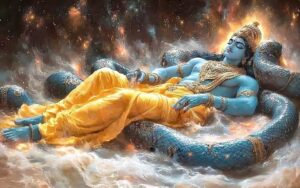
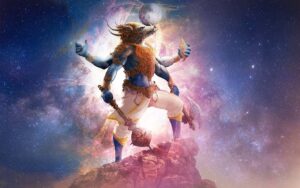
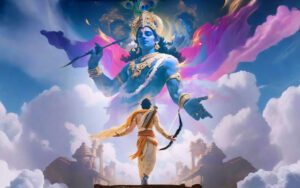
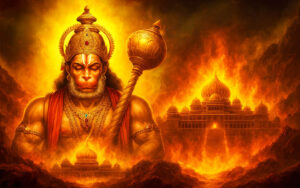
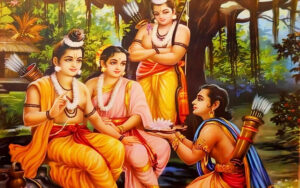
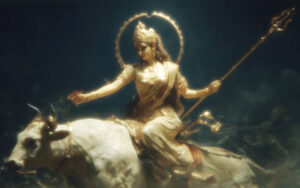
One thought on “The Story of the Origins of the Somnath Jyotirlinga”